Hiring an experienced residential or commercial roofing company is critical to ensure quality workmanship. Improper roof installation or design can result in a variety of problems, including roof sagging. Remember that regardless of your roof's brand or material, the performance of your roofing system can be strong and durable depending on the quality of installation.
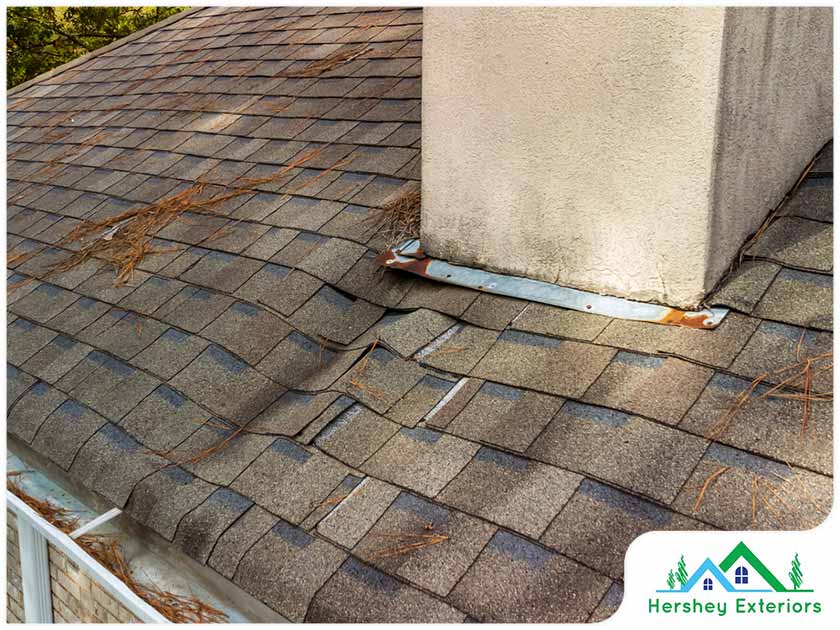
Nevertheless, your roof isn't immune from normal wear and tear. It can also be damaged during extreme weather events, which is why it must be monitored and maintained regularly.
If your roof begins to bow in the middle, you should be especially wary; whatever is causing it can't be good. Never take roof sagging lightly as it can result in further damage. Different factors can cause this type of roofing issue.
In this article, we discuss some of the most common causes of roof sagging.
Understanding Your Roof Structure
One of the most common causes of roof sagging is weakened roof sheathing. Similar to siding deterioration, other reasons may include aging and, as mentioned earlier, poor installation. When your roof sags, it can appear wavy or rippled from the outside.
Asphalt shingles and clay tiles cannot withstand extreme weather conditions unless a proper roof structure supports them. A roofer can accomplish this by constructing a triangular structure. You can test the structure's strength by gluing three hard objects to their ends. The weight is effectively supported on the sides and top of the resulting triangle.
The triangular roof structure is made up of several parts. Rafters are the angled planks that meet above. The horizontal plank that connects the two angled ones is the rafter tie. The rafter tie is also the ceiling joist for the rooms below the attic. The beams also support the frame of the attic floor.
What Causes Roofs to Sag?
- Aging
Despite any manufacturer's best efforts to improve roof durability and lifespan, quality residential and commercial roofing systems will still suffer damage as they age. Multiple rainstorms, hot summers, cold winters and tree leaves or pine needles will deteriorate the material over time. When the structural integrity deteriorates, the roof could sag.
- Faulty Installation
Your roof structure could collapse if your roofing company built it incorrectly. Remember that the triangular rafter structure holds the entire roof together, so it is basically your roof's foundation and main source of strength. A misaligned vertical truss will impact the support it provides for the roof sheathing. As a result, your roofs will appear saggy from the street.
- Moisture Exposure
According to storm damage repair experts, the pores of the sheathing and rafters absorb water when exposed to moisture. Over time, this can lead to wood rot. Mold will also grow in the attic due to excess moisture. Severe mold infestation in the attic will hasten wood rot and significantly impact the indoor air quality in your living spaces. Roof sagging may also indicate severely waterlogged sheathing, which necessitates immediate roof replacement.
- Multiple Roof Layers
Some people invest in re-roofing because it is less expensive and simpler. However, there are numerous drawbacks to this method of roof installation. For instance, it can compromise the new roof and your attic ventilation as well as void your roof warranties. It can also result in roof sagging. When a new layer of shingles is installed over an existing one, it adds weight to the roof structure, causing it to sag over time.
- Poor General Structure
The foundation and walls of your property play a significant role in the structural integrity of your roof. If there are problems with your home's foundation, your roof could sag as a result. The triangular roof structure depends on the rafter's integrity, but it can also be affected by the strength of your foundation and walls.
What Are the Signs of Roof Sagging?
- Interior Damage
If there are moisture stains on ceilings and walls, it could indicate a leaking roof, which could have caused the sagging. Call a roofer immediately to inspect your attic and the underside of the roof where the stains are most prominent.
- Poor Ventilation
Poor attic ventilation will trap air in your attic and prevent it from circulating. Moisture can accumulate in a poorly ventilated attic, causing damage to the sheathing and rafters. The roof structure will sag if the sheathing is damaged. It may even collapse in severe cases. With this in mind, allow your roofers to inspect and improve your roof ventilation to extend the lifespan and performance of your roofing system.
What Can You Do?
Depending on the severity of the problem, there are several solutions for traditional rafter-style roof frames. Often, the framing can be bolstered and beefed up internally. But if the roofing material needs to be replaced anyway, tearing off the old sheathing and installing larger rafters is a good way to address the issue.
Meanwhile, sheathing issues with truss-frame roofs can be remedied, but widespread sagging caused by improper framing is a serious issue that should be addressed by the home's builder. Alterations to the original construction of any type of roof should be carefully studied before being implemented. You should hire a structural engineer or an experienced builder to help you with this kind of problem.
New sheathing and larger rafters should also be installed if a replacement is required. If the sagging is severe or there are framing issues, contact a professional immediately. An experienced contractor can inspect your roof safely and advise you on how to repair it.
Request a Roofing Quote Today!
Choose certified roofers and home improvement experts! At Hershey Exteriors, Inc, we bring many years of experience to the table to address the needs of residential and commercial clients. We are also a GAF- and CertainTeed®-certified roofing contractor, so you can expect quality workmanship and superior warranties.
If you need a storm damage repair or are considering getting a roof or siding replacement, let our team come out and fully assess your home. To request a complimentary quote or schedule a consultation, call us at (302) 569-9039, or fill out our contact form.
Tags
Subscribe to Hershey Exteriors's Blog


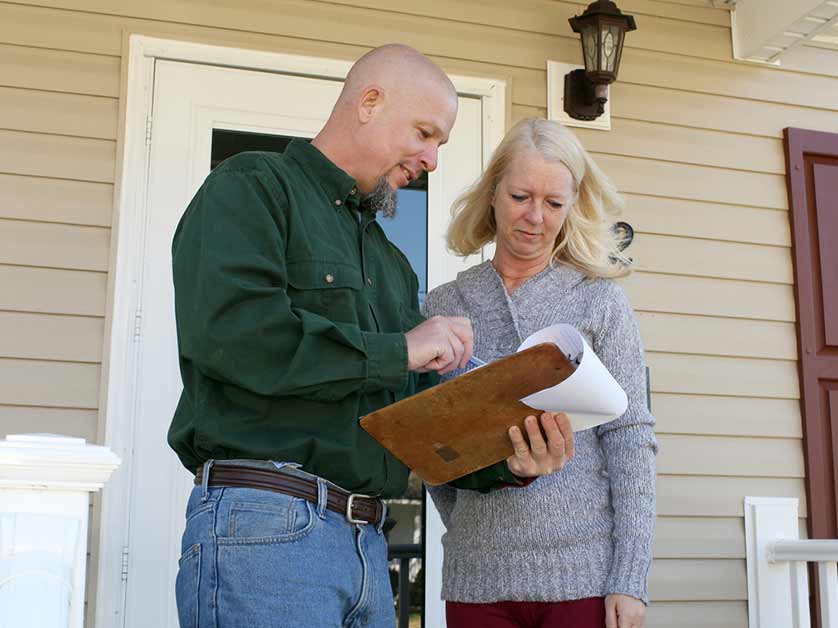
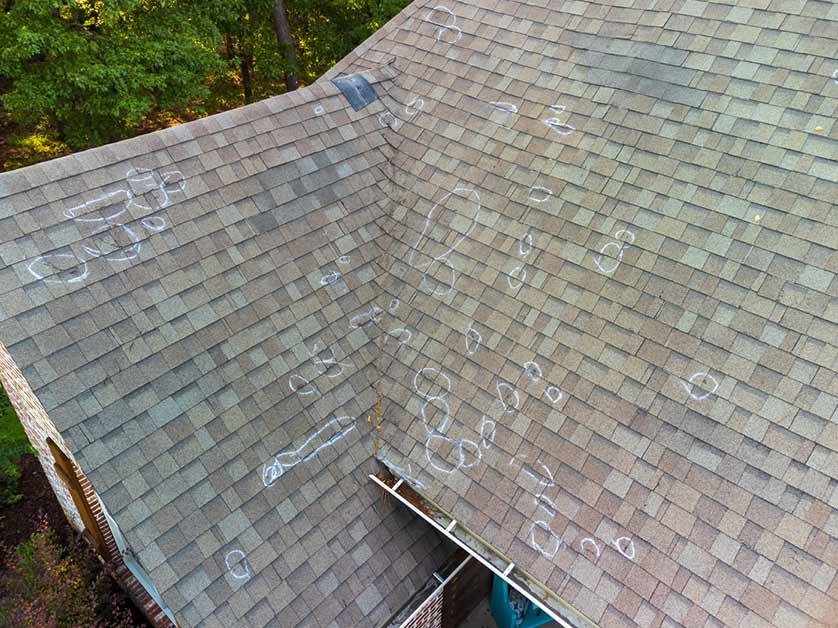
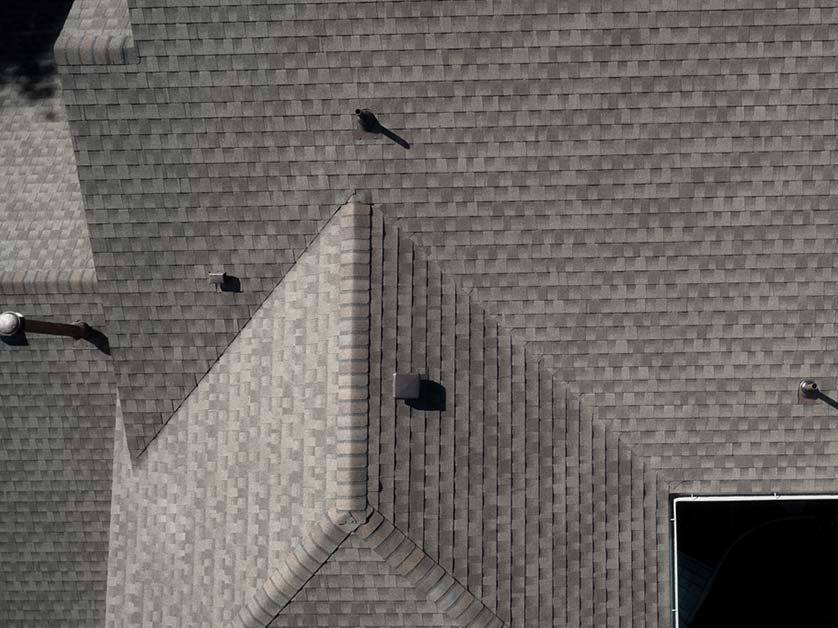

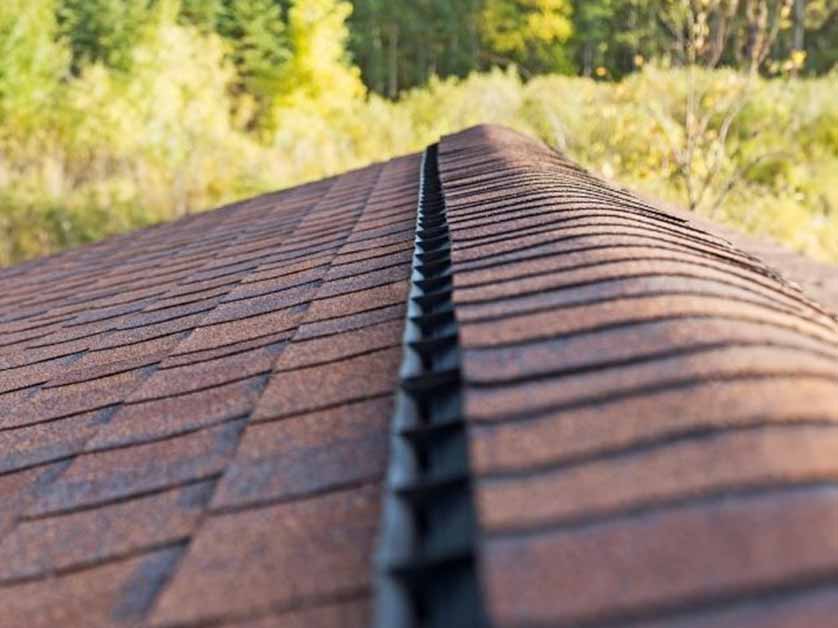

Comments